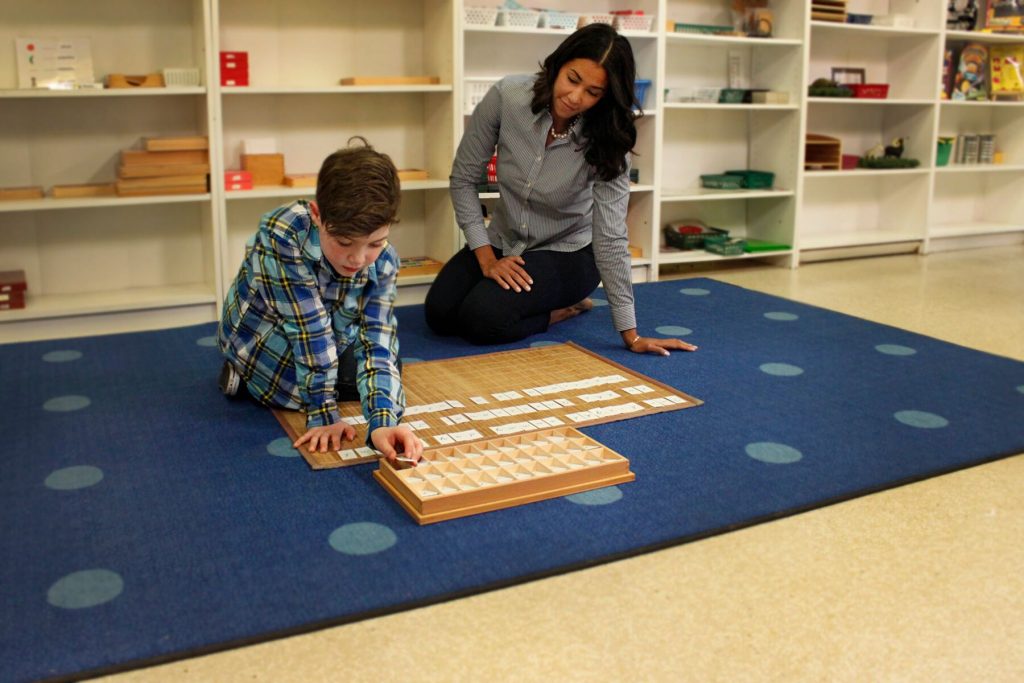A functioning classroom can be a beautiful thing to observe. Children actively considering concepts, solving problems, interacting with one another. Equally remarkable are those “a-ha” moments that come with discovery. Maybe a student connects the words they read in a book to the words they’re trying to spell in a journal. Or maybe it’s a moment of recognizing the cycles of life found not only in human beings and animals, but in plant life as well.
These minor epiphanies are crucial, for the activity the child works on suddenly gains real-world application. They occur because the students are being reached; they are being empowered to discover the interconnectivity of the world. Such moments are rare when education is meted out in increments of control.
The anecdotes are numerous. For various life reasons, families relocate to new areas and their children have to change schools. As expected, the children struggle – and the parents assume it’s because of transition. But then they notice something more worrying than a few bad grades on a test. They notice how their child is losing interest “in general”. They don’t seem motivated, their eyes do not light up when they find something new and interesting. Yes, transition can be a part of it but sometimes the answers can also be found in teaching methods.
A control-driven classroom inevitably removes key elements from a child’s capacity to learn: free will, discovery, and critical thinking (questioning). The children sit at desks and are fed curriculum by rote. Even though they are all unique individuals, they are expected to learn the exact same things as their peers – and more importantly to learn in the exact same fashion. Why? For the sake of test scores? Because the classrooms are so large and under-staffed, education becomes more about policing than teaching? Surely we can do better.
A classroom that empowers children teaches them their individuality matters. It creates an environment where children are led by their interests, not by a manufacture standard. Do they still need guidance? Absolutely. Do they sometimes lose focus and act like…well, kids? Yes. But the classroom isn’t interpreting their youthful energy as disturbance, but as something positive to be redirected to their activities.
An empowered child will ask questions – lots of them. They will react with confidence and be unafraid of failure. They will even be unafraid of not finding the answer right away. They will not feel the gravity of testing that studies now show has little to do with actual learning. In these classrooms, the children move about freely, with guidance by teachers who want them to discover and to question and to actively seek out answers to those questions.
These are the classrooms that produce brilliant, creative minds. These are the classrooms that foster acceptability and community and spirit. This is the type of education we should want for our children.
Harry Tournemille is a short and long writer living with his family in St. Catharines. He has blogged for Beyond Montessori School – whose holistic, award winning approach to education has benefited many students in Niagara.
